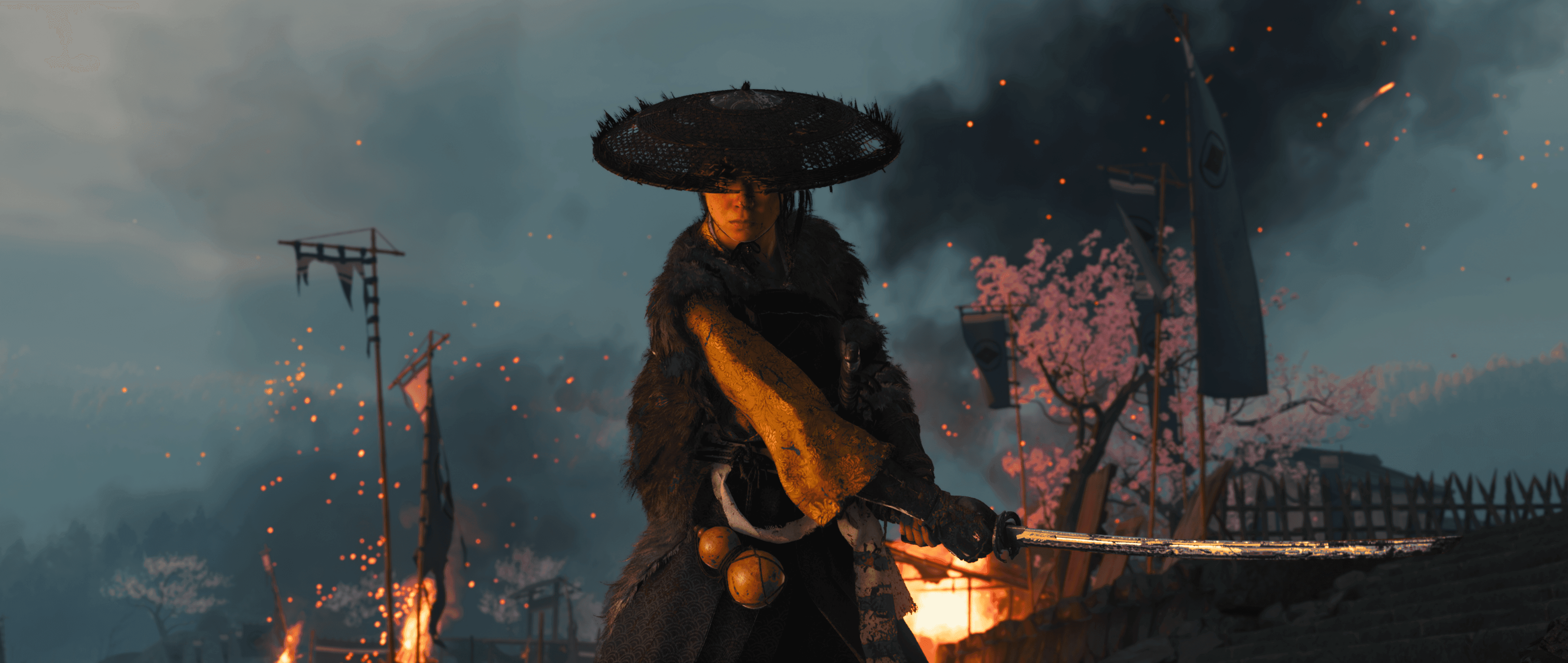Sucker Punch Productions just revealed how Ghost of Yōtei will let players experience samurai combat through the lens of legendary filmmakers. The PlayStation sequel expands beyond its predecessor's acclaimed Kurosawa mode with two new cinematic options - one inspired by Takashi Miike's brutal style and another channeling Shinichirō Watanabe's lo-fi aesthetic. These aren't just visual filters but gameplay-altering experiences that fundamentally change how you approach combat and exploration.
Sony's Ghost of Yōtei is doubling down on its cinematic DNA with three distinct visual modes that transform the samurai experience. While the original Ghost of Tsushima's Kurosawa mode became a fan favorite, Sucker Punch Productions is now pushing the concept further by collaborating with two additional legendary filmmakers.
The enhanced Kurosawa mode remains the most dramatic transformation. Beyond switching Yōtei's vibrant world into stark black and white, the mode introduces muffled audio that mimics classic film techniques. "As soon as you take color out of the picture, it really changes your perspective and what you're looking at," co-creative director Jason Connell told The Verge. Voices carry a tinny quality that evokes old-school cinema, while additional wind effects add motion to every frame.
The new Miike mode takes a completely different approach, inspired by the director behind 13 Assassins. Instead of visual filters, this mode fundamentally alters the gameplay camera during combat. The perspective pulls much closer to protagonist Atsu, creating what Connell describes as "a more visceral experience." You'll see more blood, more mud, and feel every sword clash with uncomfortable intimacy. But there's a trade-off - the tighter camera makes fights genuinely more challenging since you lose the wide tactical view that normally helps you track multiple opponents.
Watanabe mode offers the most surprising departure from traditional samurai aesthetics. Drawing inspiration from the Samurai Champloo director, this mode swaps the game's orchestral score for custom lo-fi beats created under Watanabe's direction. It's perfect for those moments when you want to wander Yōtei's world without the pressure of urgent objectives. The chill soundtrack transforms exploration into something closer to meditation than mission completion.
Connell reveals that these modes emerged from observing player behavior. "Tsushima players were already punching into the action in their photo mode shots or playing the game with lo-fi music," he explains. Rather than fighting against these preferences, Sucker Punch decided to embrace them with official support.












